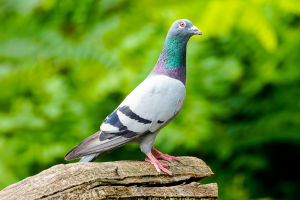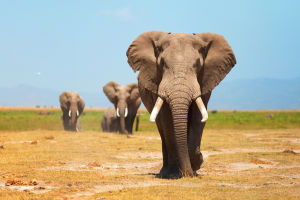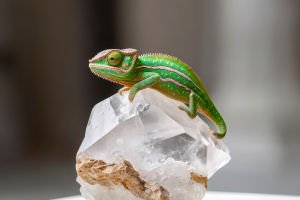Invertebrate Power Play
Invertebrate Power PlayPosted by Mukesh Kumar on 11-07-2025
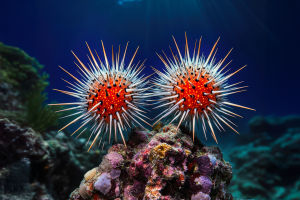
Funny Facts
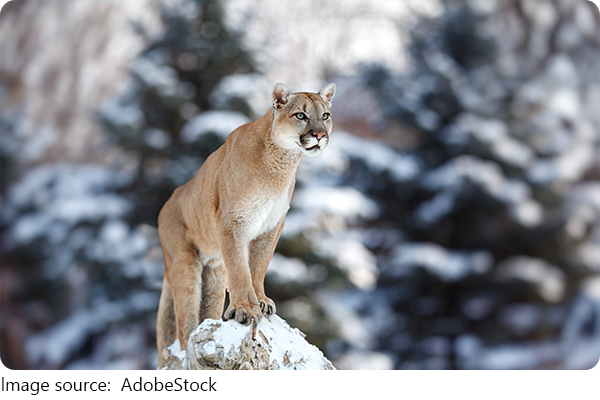
Hey Lykkers! Ready for a wild ride through the animal kingdom? Let's talk about one of the most basic — yet mind-blowing — ways scientists divide up animals: vertebrates versus invertebrates.
Don't worry, this won't be your typical dry science lesson. Think of it as a backstage pass to the incredible diversity of life on Earth, and why a backbone (or not having one!) makes all the difference.
Backbone or No Backbone? That's the Question
At the heart of this whole debate is one simple question: Does the animal have a backbone?
- Vertebrates say “Yes!” They've got a spine, a backbone made up of bones called vertebrae, running down their backs.
- Invertebrates say “Nope!” They don't have a backbone at all.
Easy enough, but the story gets way more interesting when you look closer.
Meet the Vertebrates: The Elite Spine Squad
When you think vertebrates, think of the cool kids with built-in skeletons. We're talking about mammals (yep, humans included), birds that rule the skies, reptiles basking in the sun, amphibians like frogs, and fish that own the oceans.
Why does having a backbone matter so much? It's like having a super-strong internal scaffold that supports your body, protects your vital organs, and helps you move smoothly. Plus, the backbone guards the spinal cord — the superhighway for nerve signals — which basically runs your entire body. Without it, life would be one big clumsy mess.
Oh, and vertebrates tend to grow bigger and live more complex lives because of this strong structure. Ever wonder why you don’t see giant insects stomping around? More on that soon.
Invertebrates: The Unsung Heroes of Earth
Here's the plot twist: about 95% of all animal species are invertebrates! That's right, the vast majority of creatures don't have backbones at all.
This group includes everything from buzzing bees and vibrant butterflies to soft-bodied octopuses, prickly sea urchins, slippery slugs, and strange, otherworldly creatures lurking in the deep ocean. Instead of bones, many invertebrates have tough outer shells, others have soft bodies, and some use clever tricks like pumping fluid inside their bodies to keep their shape.
They may be small, but invertebrates are the ultimate survivors — adapting to nearly every environment imaginable. They invented wings, stingers, ink sprays, camouflage, and all sorts of wild tools for life.
Jaw-Dropping Facts You Didn't Know
- Octopuses, despite having no backbone, are brainiacs that can solve puzzles and even open jars.
- Some vertebrates, like snakes, have backbones but no legs — because nature loves to shake things up.
- Jellyfish don't have brains, hearts, or bones — yet they've been cruising Earth's oceans for over 500 million years.
- The blue whale is a vertebrate and holds the record as the largest animal ever. Invertebrates simply can't get that massive.
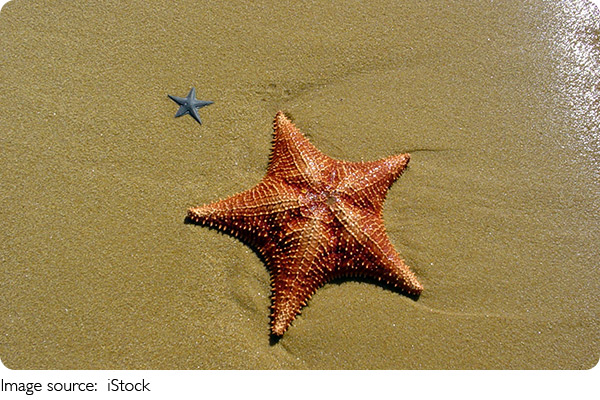
Why Should You Care?
Knowing the difference between vertebrates and invertebrates isn't just biology class trivia. It opens your eyes to the crazy variety of life on our planet — from the tiniest ant to the biggest whale. It's like comparing a steel skyscraper to an intricately designed treehouse. Different designs, both incredible.
So next time you see a bug or a bird, remember there's a whole story behind their structure, survival skills, and evolution. Life's built in all sorts of fascinating ways.
Alright Lykkers, now you're officially in the know! Feel like diving into more awesome science mysteries? Just say the word, and I'll bring the adventure to you.
Popular
Can We Save The Butterflies?
The Secret World Of Butterflies: Why Lepidoptera Could Disappear Forever!
A Specific on Llamas
Meet The Gentle Giants Of The Mountains: A Deep Dive Into The World Of Llamas!
Camels Uncovered Truths
This Desert Animal Might Save Your Life—and It's Not What You Think!
Invertebrate Power Play
Backbone or Bust: The Animal Kingdom's Biggest Divide!
